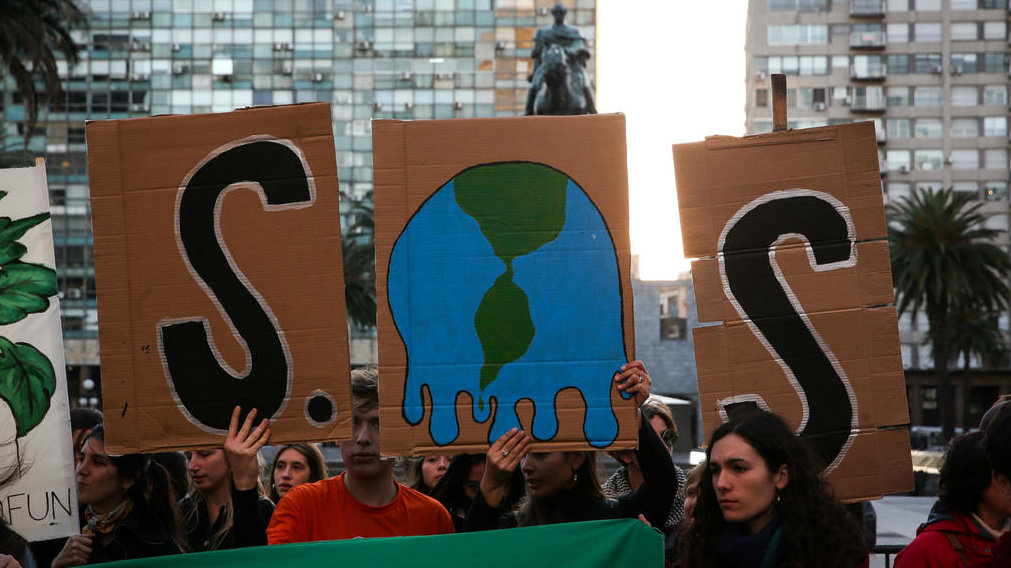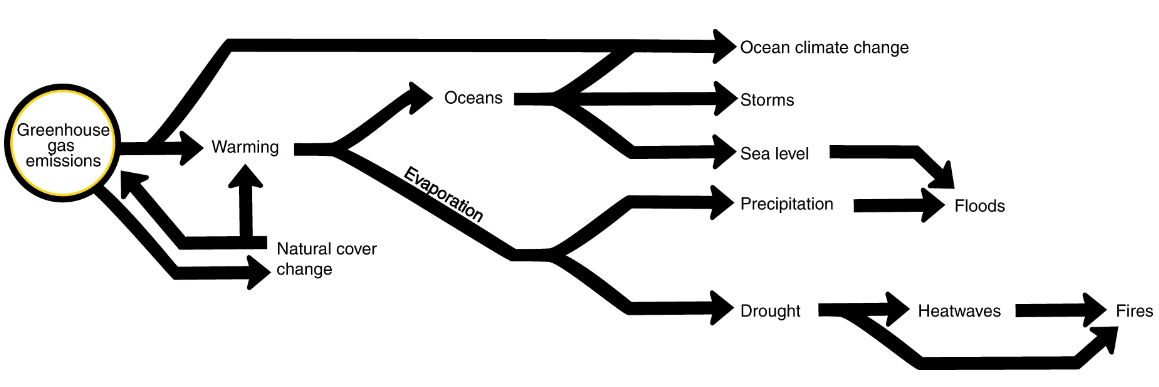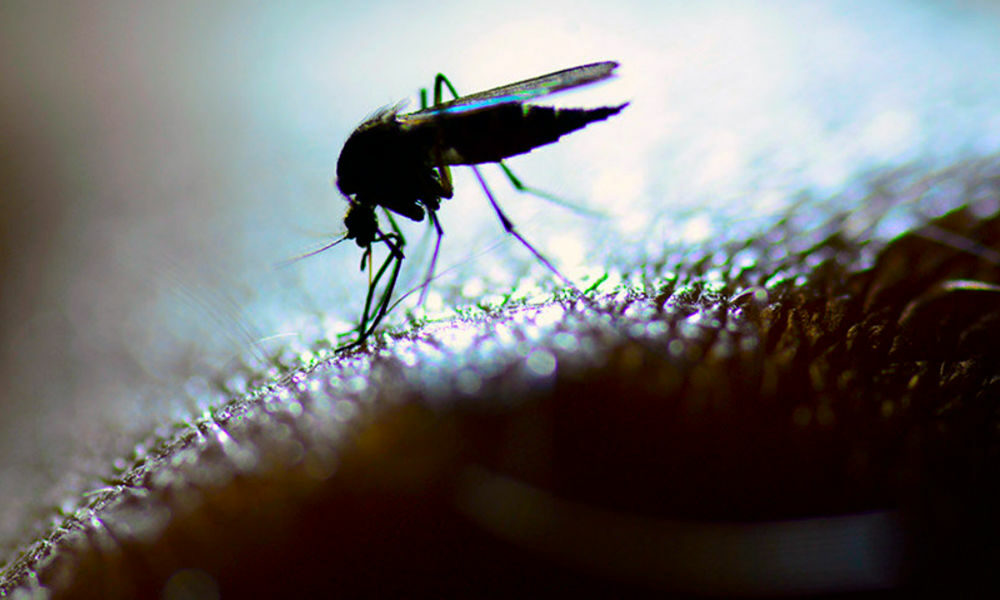A British meteorologist said he never thought he would have to report temperatures above 40 degrees Celsius on his islands. This summer has taken place and will continue to take place in unprecedented heat waves due to the unstoppable climate change that has serious consequences in the socio-economic development of the world; migration and displacement; food security or terrestrial and marine ecosystems.
The world is on the brink of an abyss and the truth is that we are doing very little to stop it. Politicians who (mis)rule the world even less. A scientific study published in Nature tells us about it new associated threat: “Climate change may worsen most human diseases”.
Monkey pox is affecting more and more countries, polio is back, and viruses like COVID-19 are here to stay, adding to the list of infectious diseases. Scientists have long known that climate change affects human disease.
The unstoppable increase in global average temperatures is making some regions hospitable to disease-carrying mosquitoes, while storm surges, which are also becoming more frequent, can carry bacteria in their water waves. However, most research has focused on only a few threats or one disease at a time.
A new study published in Nature Climate changeconstructed a complete map of all the ways in which climate hazard could interact with 375 human infectious diseases documented. The authors reviewed more than 77,000 scientific articles on these diseases and their relationship to climate change. Of the 375 diseases, 218 could be exacerbated by problems such as heat waves, rising sea levels or forest fires.

How climate change worsens human diseases
The study found four main ways the climate threat exacerbates disease:
1.- The first occurs when disease-carrying animals approach humans. For example, when animal habitats are disrupted by wildfires that drive bats and rodents into new areas, making it more likely that diseases like Ebola will spread.
2.- The second of the causes says that climate change causes viruses are more often spread from animals to humans, as happened with the coronavirus that causes COVID-19. This phenomenon also likely contributed to the Zika virus outbreak in 2016. Conversely; People also come into contact with disease-causing animals when adverse weather events occur. One documented example was when diseases such as cholera and Lassa fever were linked to the movement of people after storms and floods.
3.- Thirdly, also climatic dangers control pathogens, such as how populations of disease-carrying mosquitoes grow at higher temperatures.
4.- Finally, the research concluded that climate change reduces people’s ability to cope with diseases. For example, large changes in temperature can weaken a person’s immune systemwhich could be the reason for the flu outbreak.
If you’re interested in taking a closer look at all the diseases that are affected, the study authors created an interactive table that links each disease to the climate risks that amplify it. Here you can see how drought, fires and floods make health problems caused by sand flies, including fevers and parasitic skin diseases, more common.

The study is another alert that warns of the real consequences of climate change. And it would be appropriate to treat him as he deserves. We have very little hope that the same guys who got us this far will be the ones to pull us off the cliff. It’s as if he entrusted the fox (hungry and pressured by multi-millionaire interests) to take care of the sheep.
It is understandable that our economic and living system cannot be abolished all at once, but taking into account the constant “on the brink” or “code red” warnings that all scientific reports indicate, it would be desirable to agree on concrete actions to address what is considered the greatest global human crisis to protect the very existence of our species and the planet that hosts us.
